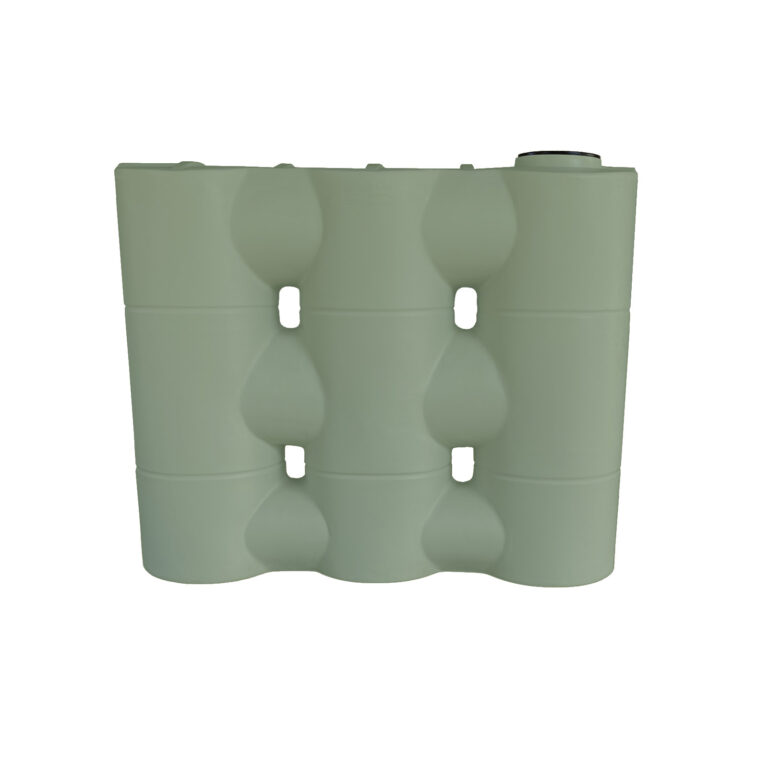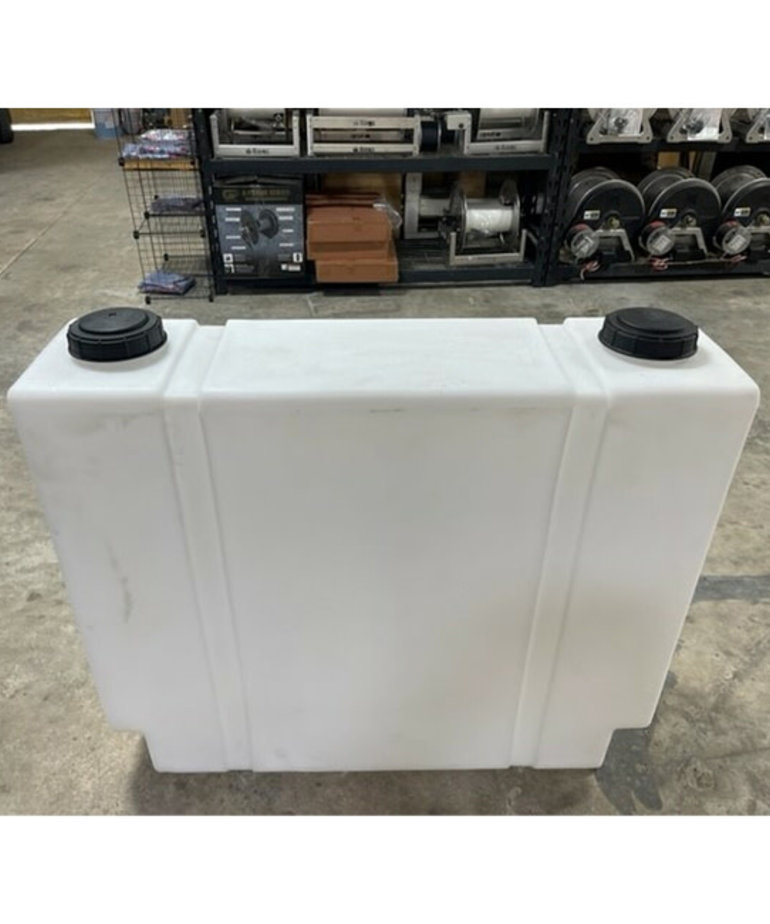Slimline Water Tanks: The Perfect Option for Urban Water Storage Space
Wiki Article
Checking Out the Numerous Uses of Rainwater Containers for Residential and Commercial Residences
As the global concentrate on lasting living techniques remains to heighten, the usage of rainwater storage tanks in both domestic and industrial setups has become an essential remedy. These tanks use a reservoir for rainwater harvesting, offering a myriad of possible applications that expand much beyond plain storage. From watering to toilet flushing and landscaping, the adaptability of rainwater storage tanks is huge. Their combination into business properties opens up a world of opportunities for environmentally aware businesses. The multifaceted usages of rain storage tanks provide an engaging instance for their fostering, not just as a sensible water-saving step but additionally as a testament to responsible source management.Advantages of Utilizing Rain Containers
Using rainwater containers provides various benefits for both households and neighborhoods in regards to water conservation and sustainability. Among the crucial benefits of making use of rain storage tanks is the substantial reduction in dependence on mains supply of water - Slimline water tanks. By recording and saving rain for later use, people and areas can reduce their demand for treated water, eventually relieving the problem on water treatment centers and decreasing power intake related to water transportation and therapy
Moreover, rain harvesting via containers offers a trustworthy alternative water resource throughout times of water limitations or lacks. This kept rain can be made use of for different non-potable objectives such as watering, purging toilets, and washing clothing, reducing the strain on typical water resources. Additionally, making use of rain tanks can result in cost financial savings for both households and communities by lowering water costs and lowering the need for expensive infrastructure expansions to satisfy expanding water demands.
Fundamentally, the use of rain tanks uses a sustainable and eco-friendly technique to water monitoring, benefiting both specific users and the wider area in regards to water preservation, cost-efficiency, and resilience.
Rain Container Use in Irrigation
Provided the benefits of rain containers in saving water resources and lowering reliance on keys supply of water, a considerable application depends on using saved rain for watering purposes - Slimline water tanks. Rain gathering systems can effectively collect and keep rain, supplying a lasting water source for watering gardens, grass, and agricultural fields. By making use of rain for watering, property proprietors can reduce their dependence on cured water resources, resulting in cost savings and ecological advantages
Among the key advantages of making use of rainwater for watering is its pureness. Rain is normally soft and without the chemicals and ingredients often found in mains water, making it optimal for beneficial plants without the risk of dangerous impacts. Additionally, rainwater is at ambient temperature, which can benefit plant growth by avoiding temperature level shocks that can accompany cool mains water.
Rainwater Containers for Commode Flushing

Implementing rainwater containers for bathroom flushing is a cost-efficient and eco-friendly practice that can be conveniently integrated into both property and industrial homes. The kept rainwater can be used to flush bathrooms by linking the container to the existing plumbing system. This simple yet reliable solution can considerably decrease water intake in a structure, especially in locations where water deficiency is a worry.

Integrating Rain Containers in Landscape Design
These storage tanks can capture and save rainwater runoff from roofing systems, which can after that be used for sprinkling gardens, Learn More yards, and plants. By utilizing rainwater for watering functions, home owners can lower their reliance on local water sources, leading to set you back financial savings and preservation of precious water resources.In addition to providing a sustainable water resource for landscaping demands, rainwater storage tanks can additionally assist in taking care of stormwater drainage. By recording rain that would or else move into tornado drains pipes, these containers can minimize erosion, lower flooding risks, and prevent air pollution of natural water bodies. In addition, incorporating rainwater containers in landscaping can add to the overall aesthetic appeal of the residential property, showcasing a dedication to ecological stewardship.
Business Applications of Rainwater Containers
Using rain containers in commercial settings offers a lasting option for water administration and preservation, benefiting businesses and the environment alike. Business applications of rainwater containers vary and progressively prominent because of the price savings and ecological advantages they provide. One vital commercial use is for irrigation purposes, where gathered rainwater can be used to water landscape design, yards, and farming fields bordering business buildings. This can lead to considerable decreases in water costs and reliance on municipal water resources.Additionally, rain collected in storage tanks can be dealt with and made use why not try these out of for non-potable objectives within business buildings, such as flushing commodes, cleansing, and cooling down systems. On the whole, the consolidation of rainwater storage tanks in commercial settings provides a sensible and environmentally liable technique to water management.
Conclusion
Finally, rain containers supply countless advantages for both property and commercial residential or commercial properties. From irrigation to toilet flushing and landscape design, using rain storage tanks can aid preserve water resources and decrease water expenses. Furthermore, including rain containers in business settings can result in significant expense savings and environmental advantages. On the whole, the versatility and sustainability of rain containers make them a useful financial investment for any kind of home proprietor seeking to raise water effectiveness.Report this wiki page